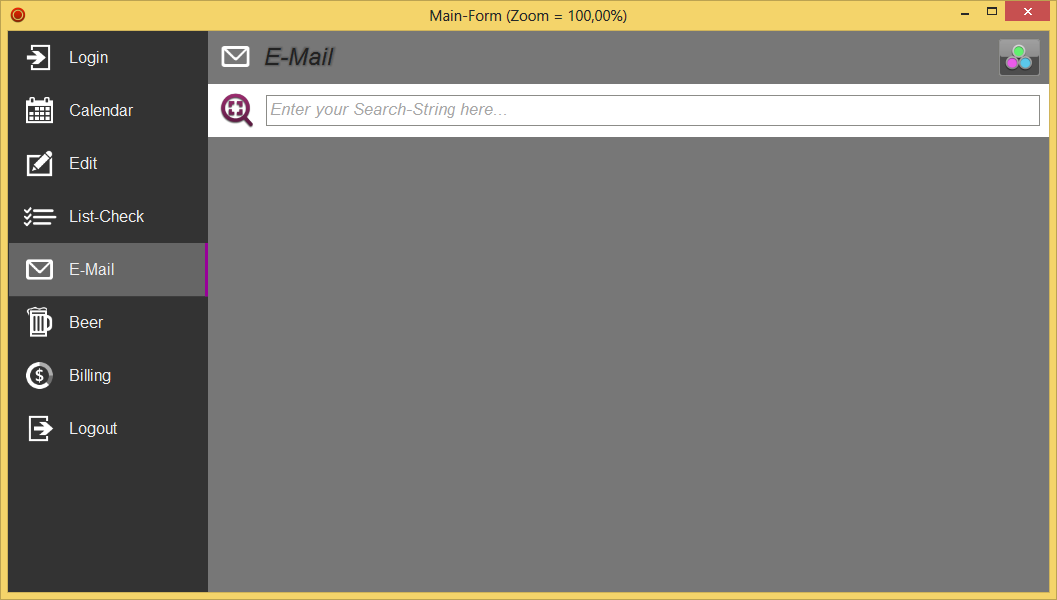It took me a bit to figure this out, and I see a bit of interest in the SSTab control, so I decided to post this. It's a procedure that allows you to change the tab of a control that's on the SSTab control at run-time.
It's usage is fairly straightforward, at least to me. :)
Here's an example (in a Form_Activate procedure):
The SSTab control is named tabExamData. There are three controls moved from tab #4 to tab #2 on the SSTab control. The position on the tab won't change, but the actual tab the controls are on will change. The ctl() is an array of controls so I can move several controls at once. This speeds things up.
Enjoy,
Elroy
Code:
Public Sub ChangeTheSSTab(SSctl As Control, ctl() As Control, OldTab As Long, NewTab As Long, Optional bRestoreTheTab As Boolean = False)
' Hide the form with the SSTab before doing this. This will prevent flicker if you're moving several controls.
' You must get the OldTab correct or everything blows up. Alternatively, this procedure could have "found" it, but that wastes time.
' This procedure does NOT work in form_load, but it DOES work in form_activate.
' Also, when using this, don't forget to deal with the TabIndex if you need to !!!!
Dim OrigTab As Long
Dim i As Long
'
If bRestoreTheTab Then OrigTab = SSctl.Tab
'
SSctl.Tab = OldTab
For i = LBound(ctl) To UBound(ctl)
If TypeName(ctl(i)) = "Line" Then
ctl(i).X1 = ctl(i).X1 - 75000
ctl(i).x2 = ctl(i).x2 - 75000
Else
ctl(i).Left = ctl(i).Left - 75000
End If
Next i
SSctl.Tab = NewTab
For i = LBound(ctl) To UBound(ctl)
If TypeName(ctl(i)) = "Line" Then
ctl(i).X1 = ctl(i).X1 + 75000
ctl(i).x2 = ctl(i).x2 + 75000
Else
ctl(i).Left = ctl(i).Left + 75000
End If
Next i
'
If bRestoreTheTab Then SSctl.Tab = OrigTab
End SubHere's an example (in a Form_Activate procedure):
Code:
Dim ctl() As Control
'
' Change the SSTab of the controls.
ReDim ctl(1 To 3)
Set ctl(1) = txtRight1
Set ctl(2) = txtRight2
Set ctl(3) = txtRight3
ChangeTheSSTab tabExamData, ctl(), 4, 2Enjoy,
Elroy












